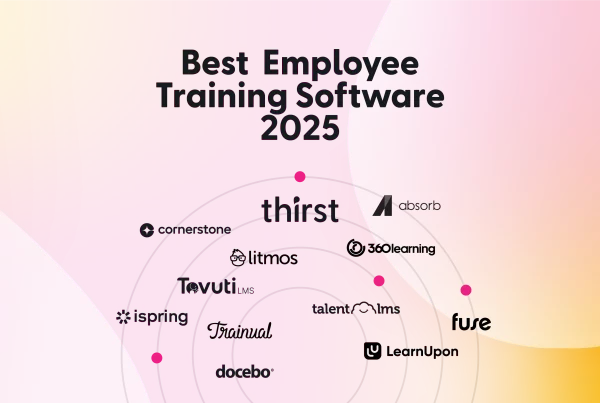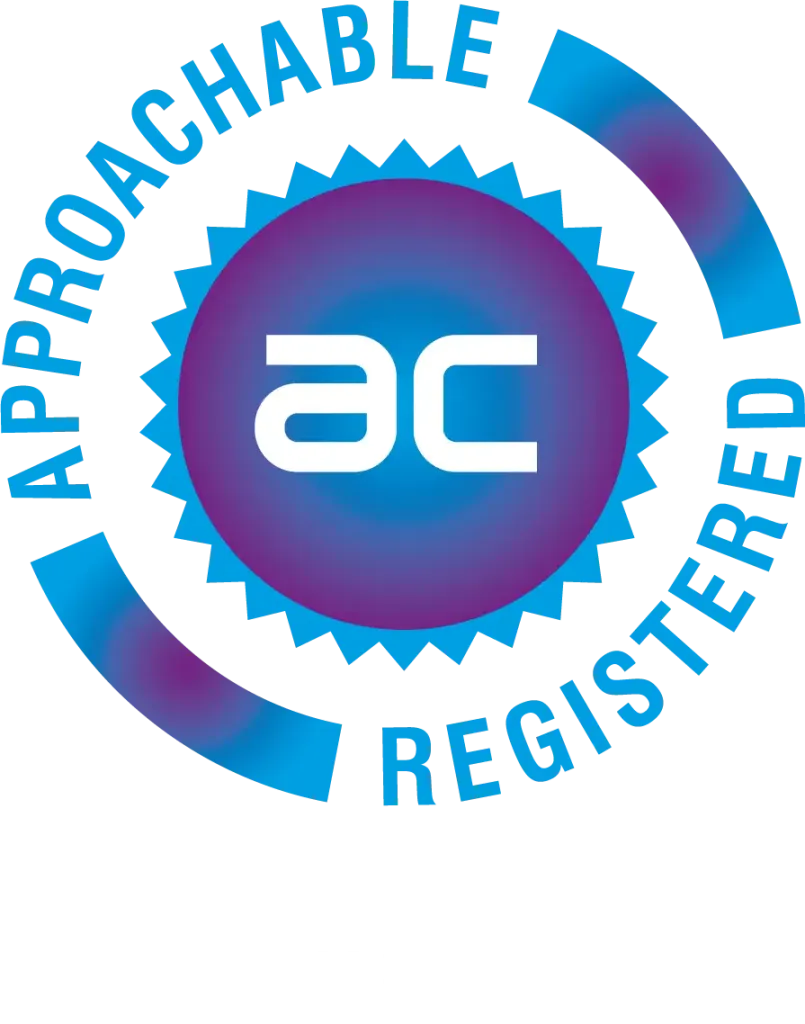Are you looking to take your workforce’s skills and knowledge to the next level?
Then, before you do anything else, it’s crucial that you define exactly what the terms ‘skills’ and ‘knowledge’ mean.
Working from clear definitions is the first step towards creating a truly transformative L&D programme for your workforce. So, keep reading and the Thirst team will tell you what the difference is between knowledge and skills…
What is knowledge?
Knowledge is one of those words that is in such common usage, it’s somewhat lost its original meaning.
Refer to a dictionary, and you’ll find the word knowledge defined as: ‘facts, information and skills acquired through experience or education; the theoretical or practical understanding of a subject’.
Knowledge, then, is information which is acquired by an individual via interaction with various forms of content such as books, webinars, podcasts, tuition, or practical hands-on experience of a topic.
With sufficient exposure to said content, an individual will retain this knowledge in the form of factual information and theoretical concepts.
Think of your own personal experience. If you’re passionate about a particular subject or topic, it’s likely that you’ve absorbed plenty of content related to it e.g. TV programmes, podcasts, magazines etc.
We’ve all met the guy down the pub who can reel off obscure football stats from decades ago!
That is knowledge.
How long it takes someone to acquire and retain knowledge varies – and is the subject of much debate – but science popularizers such as Malcolm Gladwell suggest that to become maximally knowledgeable about a subject requires at least 10,000 hours of study (that equates to one year and 51 days, based on an eight-hour working day).
Knowledge can be acquired via education – be this self-directed, or taught. As such, knowledge can be passed on.
What are skills?
What then are skills? At the most basic level, skills refer to the ability to do something well.
Skills refer to applied knowledge. In other words, skills refer to the ability to take knowledge and apply it to practical applications.
For example, it’s all very well reading extensively on how to tile a bathroom – but unless you are able to actually tile a bathroom – then you simply have the knowledge on how to do it, not the skill to do it.
This is why you will often see some disciplines described with the prefix ‘applied’ e.g. applied science.
These are roles which take knowledge and apply it to the physical realm in order to achieve a practical objective. For example, metallurgists take theoretical knowledge about metals and alloys and use it to create metal products which can be used in everyday life.
Skills are knowledge applied in practice.
Given the nature of skills, they can’t necessarily be passed on in the same way as knowledge. Instead, an individual can only acquire a skill by repeatedly practising the skill until they become sufficiently adept at it.
Practised enough, skills can become fully embedded in a person as ‘muscle memory’. Think of the times you’ve driven a car without fully thinking about it.
Over a long enough timeline of repeated use, a skill can truly become ‘innate’.
What’s the difference between knowledge and skills?
Given what we’ve just set out above, it’s easy to come to a distinct conclusion between the two words:
● Knowledge is theoretical.
● Skills are practical.
The two are intrinsically linked. You cannot be skilled at something, unless you have the knowledge that underlies said skill.
In an organisational context, this means that it’s vital that your workforce is not only sufficiently knowledgeable about their subject area, but able to apply it in a skilled way to a practical end.
What does this mean for your workplace?
According to a recent survey by international consultancy McKinsey, workplaces across the world are seeing a widening skills gap developing amongst workforces.
The term skills gap refers to what employers need their workforces to accomplish, versus what their workforces are actually able to accomplish.
For example, a manager requires a member of their team to input data into Sage software – but the team member does not know how to do this. That’s a skills gap.
According to the previously mentioned McKinsey survey, nine in ten executives say ‘their organisations either face a skills gap already or expect gaps to develop within the next five years’.
If you think this may be executive-hyperbole, think again. Workers themselves recognise the existence of skills gaps in their organisation, with one in five workers admitting that their professional skills are not up-to-date.
Why is there a skills gap?
Whilst skills gaps have arguably always been a perennial problem for organisations, it appears that the problem has become particularly pronounced in recent decades.
One theory for the increase in skills gaps lies in the interplay (or lack of) between knowledge and skills in younger workers.
This theory refers to the far higher numbers of young people who are attending university and other higher education institutions. For example, the number of young people aged 18 to 24 in full-time higher education has doubled since 1992.
Whilst, on the face of things, this seems like a universally good thing, it does raise an issue if we think back to our definition of knowledge and skills.
More young workers than ever are knowledgeable, but fewer are skilled.
That’s largely because although they’ve spent a great deal of time at university gaining knowledge, they haven’t had as much time in the workplace turning that knowledge into skills.
Now, don’t get us wrong, this is not an indictment against universities!
Attending university is absolutely worthwhile. However, it does mean that employees have to be prepared to train new young workers in how they can practically apply the knowledge they’ve gained at university in a work setting. It’s also a primary driving factor in the rise of what’s called skills-based recruitment.
How to reduce the skills gap in your organisation
So, what’s the solution? How can an organisation like yours transform knowledge into skills, and thus reduce any existing skills gaps?
The answer is what’s called a Learning Experience Platform (LXP).
An LXP is an online platform that allows workforces to log in and instantly find learning content that’s relevant and tailored to them. It’s the ideal way of helping you to turn your organisation into a skills-based organisation.
Rather than the rigid, inflexible learning management systems (LMS) of old, LXPs allow L&D departments to create a curated, user-led experience that provides an easy way for workers to turn their knowledge into practical skills.
Here at Thirst, we have created a learning platform that learns what each worker’s individual learning processes are, and provides them with recommended learning materials every time they log in.
Our Learning Platform allows your employees to create their own learning pathway – a pathway that truly encompasses the interplay between knowledge and skills.
The process works as follows:
● Users begin by selecting the skills they want to develop and/or achieve.
● Users then select the skills that they already have, and set out their interests.
● Once they’ve done these things, they’ll be presented with personalised, highly-relevant content every time they subsequently log in to the platform.
This isn’t any generic platform, either. Thirst’s LXP allows you to set up skills that are unique to your organisation, allowing users to learn skills via a wide variety of content formats – they watch, listen, read, interact – whatever works best for their learning!
Instil your employees with a Thirst for knowledge (and skills!)
Are you facing a skills gap in your organisation? Then instil a Thirst for knowledge and skills in your workforce with Thirst.
Our learning platform is transforming the way companies upskill their workforces, reduce their skills gap and transform knowledge into practical skills that boost their bottom line.
Find out more about the features of Thirst, its pricing, and the skill-based learning that sit at its core.
If that sounds like something that would benefit your organisation, sign up to a free trial now.
Find out more about Thirst now
For more e-learning news, advice and information, read the Thirst blog…
What Skills Are Most In Demand in the UK and Which Industries Are Hiring? | How to Keep L&D Fresh In a Hybrid Workplace | 5 Ways Incorporating L&D Into the Working Day Can Benefit Your Business







